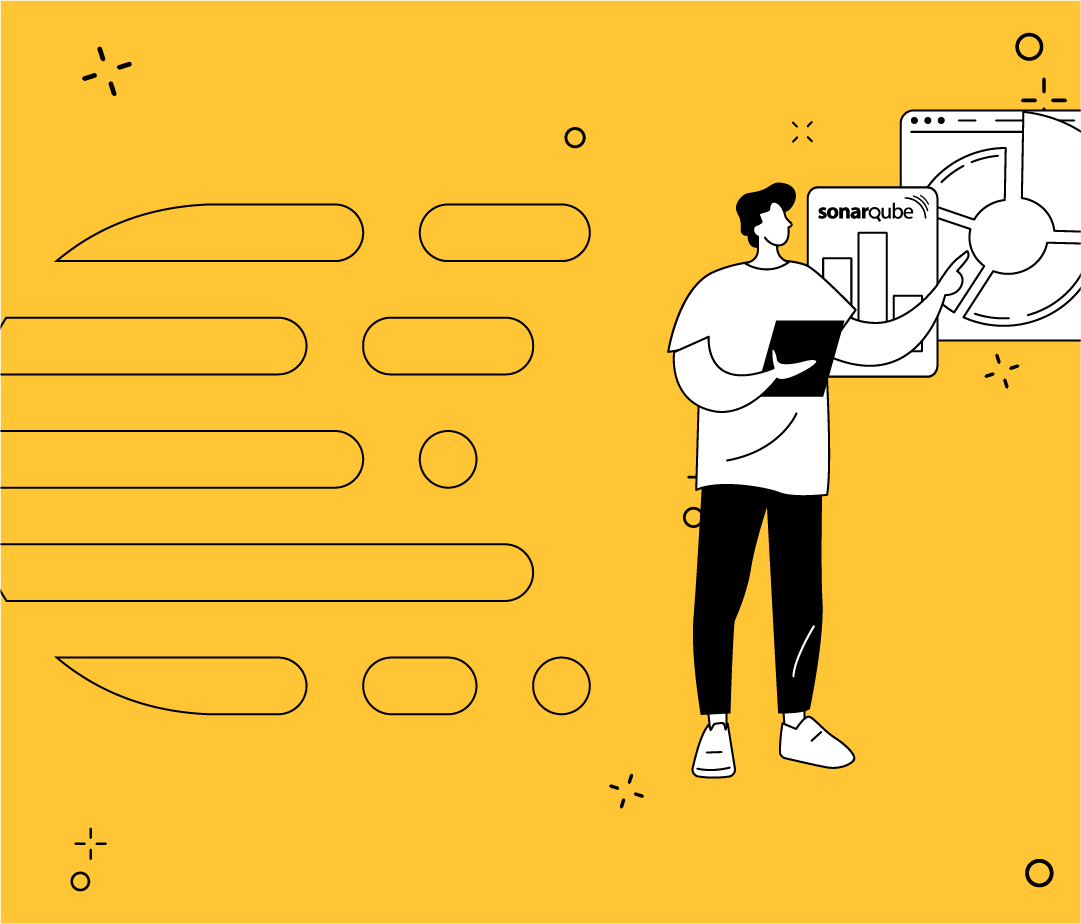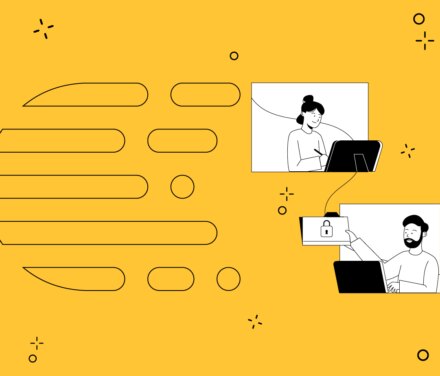QA can provide stakeholders with objective and independent information about product quality. It achieves this by using tools such as SonarQube, researching past experiences, and applying best practices to ensure high standards in development.
The QA process involves testing to determine if the system meets expectations under normal and abnormal conditions. It is also necessary to test the system in situations where it is accepted that it will not respond satisfactorily.

At the same time, it should be kept in mind that prioritizing interaction over requirements introduces certain limitations. Especially in contexts where usability testing is predominant.
QA ensures ongoing software quality
Quality is the key to everything, and to ensure quality, the team is essential. In other words, it is not enough to have an effective vision, you must provide the necessary resources to make it a reality. The vision is co-created or agreed upon with the whole team.
You should be able to reduce the risk of producing low-quality and/or irrelevant work. And in this process, the ability to be flexible and change direction when necessary is essential. At this point, quality is paramount, and this is where the need to implement agile methodologies arises.

Agile methodologies allow experimentation, evaluation, and adaptation iteratively, creating a work culture that fosters collaboration and communication.
Suscribe to our newsletter!
Agile’s mission is to respond positively to change. It understands that the success of each project depends on incorporating them, not avoiding them.
As an agile team, all members are collectively responsible for experimenting, evaluating, and adapting the development process and practices iteratively.
When is Quality Assurance involved in the development process?
From requirements analysis and throughout the software development lifecycle, maintaining product quality is crucial. In addition, the quest for efficiency is based on the DevOps culture, where collaboration, automation, and measurement are encouraged.
In this area, continuous integration and continuous delivery processes have become a way of life. They allow code or changes to be deployed more frequently. They also make it possible to obtain metrics to measure reality, not the success or failure, of these processes. This means better service for customers and for the employees themselves.
Read more → QA testing: How to implement artificial intelligence and machine learning
SonarQube: a perfect ally for QA
SonarQube plays a key role in controlling code quality. It is a tool that provides valuable information about technical debt, errors of varying severity, vulnerability detection, duplicate lines of code, and unit test coverage.
Most importantly, SonarQube identifies the quality standard on which the platform is based, the customs rules applied, programming practices, and deliverables. It also allows you to create an action plan based on the margin of improvement identified.

What makes a Quality Control process unique?
In conclusion, to maintain product quality leaders need to have, at a minimum, a conceptual understanding of the technologies they may have to use with customers, companies, products, and services.
It’s not just about technology, it’s about how technology is used, and that requires real insight. Conceptually, programming drives innovation, which means creating unique and innovative solutions. Starting from this base, and taking into account best practices and standards of UI, UX, clean code, and others, the team can deliver solutions with the highest possible quality.
Key indicators in software QA testing

In this ebook, we share the best IT practices to achieve success in all projects.
At Crombie, quality isn’t a step, it’s part of the process
We integrate Quality Assurance practices to ensure every delivery meets the highest standards. Our team is focused on efficiency, continuous improvement, and agile collaboration.













Leave a Comment